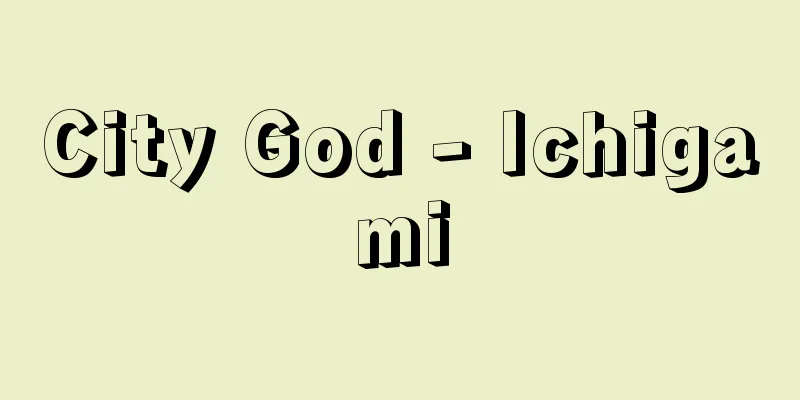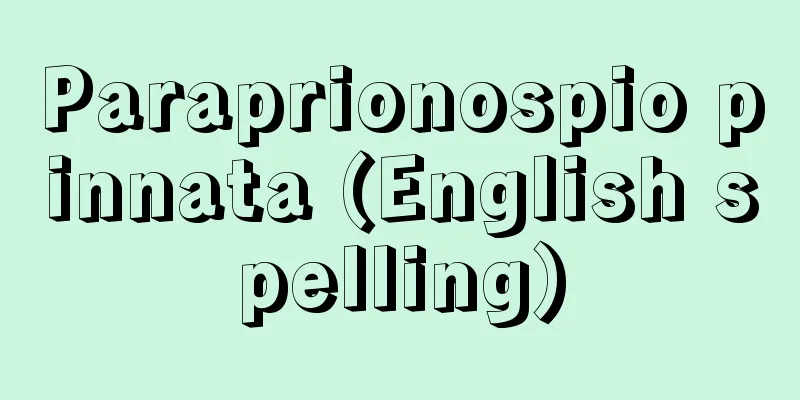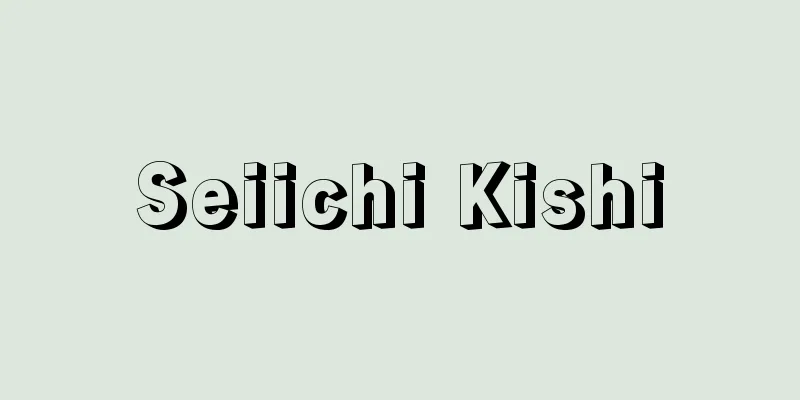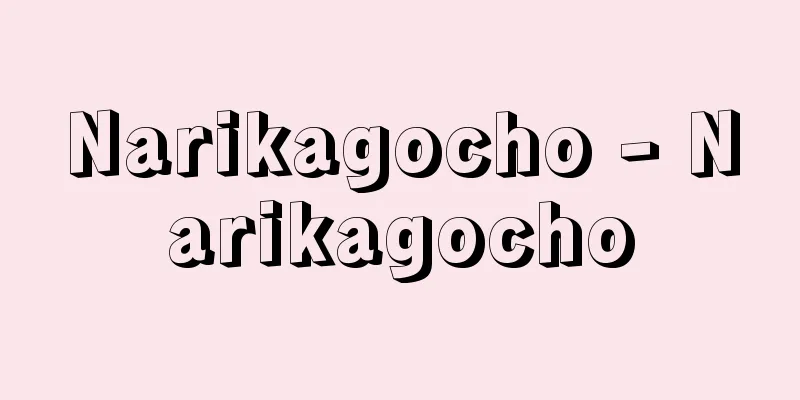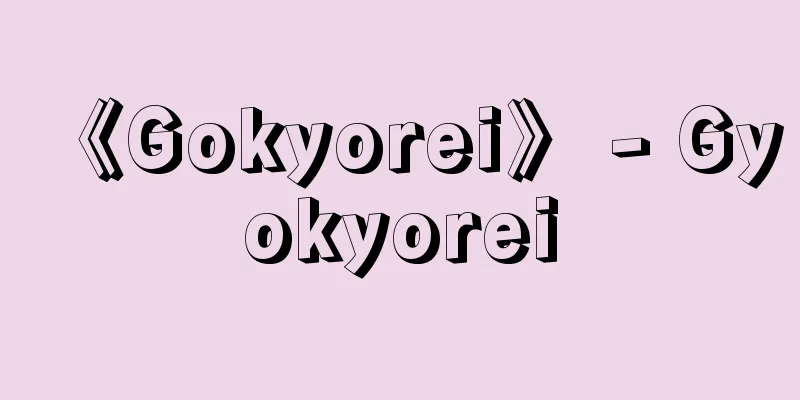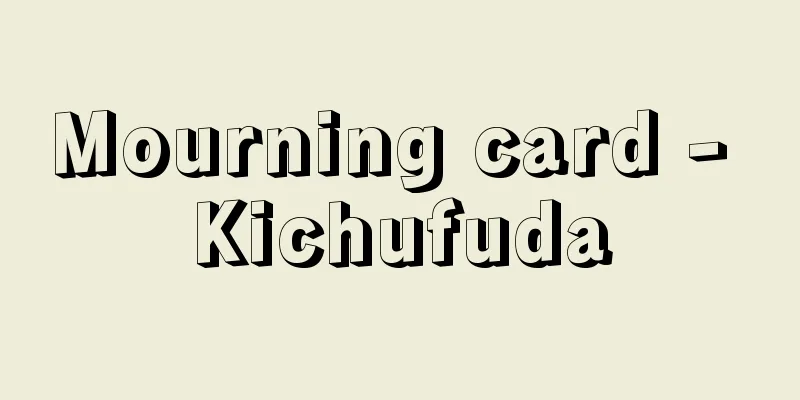Amagasahebi (Japanese krait)
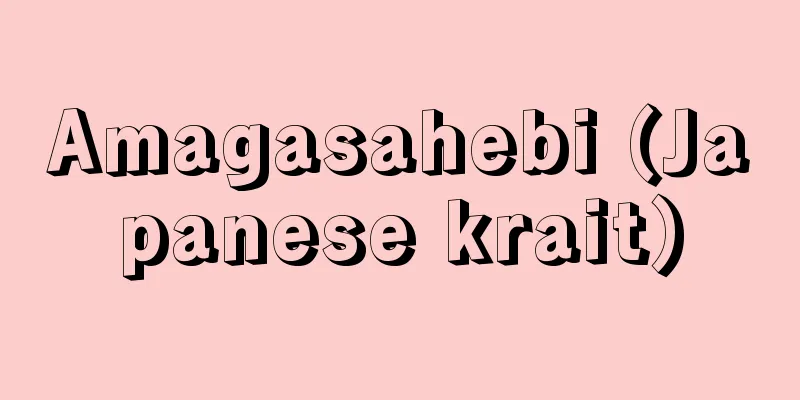
|
A general term for snakes in the genus Bungarus, order Squamata, family Elapidae. Bungarus snakes are dangerous venomous snakes, also known as kraits, which comes from the Hindi word for "triangle-headed snake". There are 12 species distributed in Pakistan, India, Southeast Asia, southern China, and Taiwan, and all but one species have a row of larger body scales on the midline of their back than the others. They have a wide dark band pattern from the head to the tail, and the shape and number vary depending on the species. They are docile and have little constriction in the head and neck, so they appear to be non-venomous snakes, but they have a pair of venomous fangs at the tip of their maxillae, which are highly toxic and extremely dangerous. They are nocturnal and active at night, and in the local area, there are many cases of people stepping on them and being bitten, and the mortality rate is high. The largest species is the yellow krait , Bungarus fasciatus , which is 1.5-2.1 meters long and has a rounded tail that looks as if it has been torn off. They live in high population densities near residential areas, causing a lot of damage. They feed mainly on snakes, including venomous cobras, and will also catch lizards and fish. They are oviparous, laying 5-12 eggs in the summer, which the female guards nearby. [Takahiro Matsui] ©Shogakukan "> Clinical signs of snakebite Source: Shogakukan Encyclopedia Nipponica About Encyclopedia Nipponica Information | Legend |
|
爬虫(はちゅう)綱有鱗(ゆうりん)目コブラ科アマガサヘビ属に含まれるヘビの総称。同属Bungarusのものは、「三角頭のヘビ」を意味するヒンディー語に由来するクレイトの名でもよばれる危険な毒ヘビ。パキスタン、インド、東南アジア、中国南部、台湾に12種が分布し、1種を除き、背面の正中線上の体鱗1列が他より大きいのが特徴。頭部から尾部にかけて幅広い暗色の帯状模様が並び、種類によって形や数に違いがある。性質がおとなしく、頭頸(とうけい)部にくびれが少ないため無毒ヘビのようにみえるが、上顎骨(じょうがくこつ)の先端には1対の毒牙(どくが)を備え、毒性が激しいためきわめて危険である。夜行性で夜間は行動が能動的となり、現地では人が踏みつけてかまれ咬症(こうしょう)を受けるケースが多く、致命率も高い。最大種はキイロアマガサBungarus fasciatusで全長1.5~2.1メートル、尾の先端がちぎれたように円みを帯びて終わっている。生息密度が高く、居住区周辺にもすむため被害が多い。餌(えさ)はもっぱら毒ヘビのコブラを含むヘビ類で、トカゲや魚をとらえることもある。卵生で、夏に5~12個ほどを産卵し、傍らで雌がこれを守る。 [松井孝爾] ©Shogakukan"> ヘビ咬症の臨床症状 出典 小学館 日本大百科全書(ニッポニカ)日本大百科全書(ニッポニカ)について 情報 | 凡例 |
<<: Amakashi Hill - Amakashi Hill
Recommend
Metre (English spelling) French
A unit of length and base unit in the metric syst...
Red dragonfly - Red dragonfly
It is a general term for species of the Sympetrum...
Dipnoi
…A general term for freshwater fishes belonging t...
Yin-ma-jaya (Inner-house teahouse)
〘 noun 〙 An inn where male prostitutes called kage...
Barometric altimeter calibration value - Barometric altimeter calibration value
...The indicator is the height of the cloud base ...
Gendou's outrage - Gendou Hougen
A late Edo period research essay. Three volumes an...
Wembley Stadium
...By the time the first Olympic Games (Athens) w...
Composition
...Also, many crests are not chrysanthemum flower...
Initiation factor
… Many kinds of enzymes are known to be involved ...
Radius of convergence
Power series with z as a variable If converges at ...
Pharynx - Intestine
It is part of the digestive tract, but also part ...
Curriculum 68 - Curriculum 68
...In addition, there are numerous other academic...
Rateau, A. (English spelling) RateauA
…The latter in particular has been passed down to...
Shel-Acheulean culture
During the Middle Pleistocene, the Early Paleolith...
Tsunemoto Yoshikawa
1428-1520 A military commander from the Muromachi...
